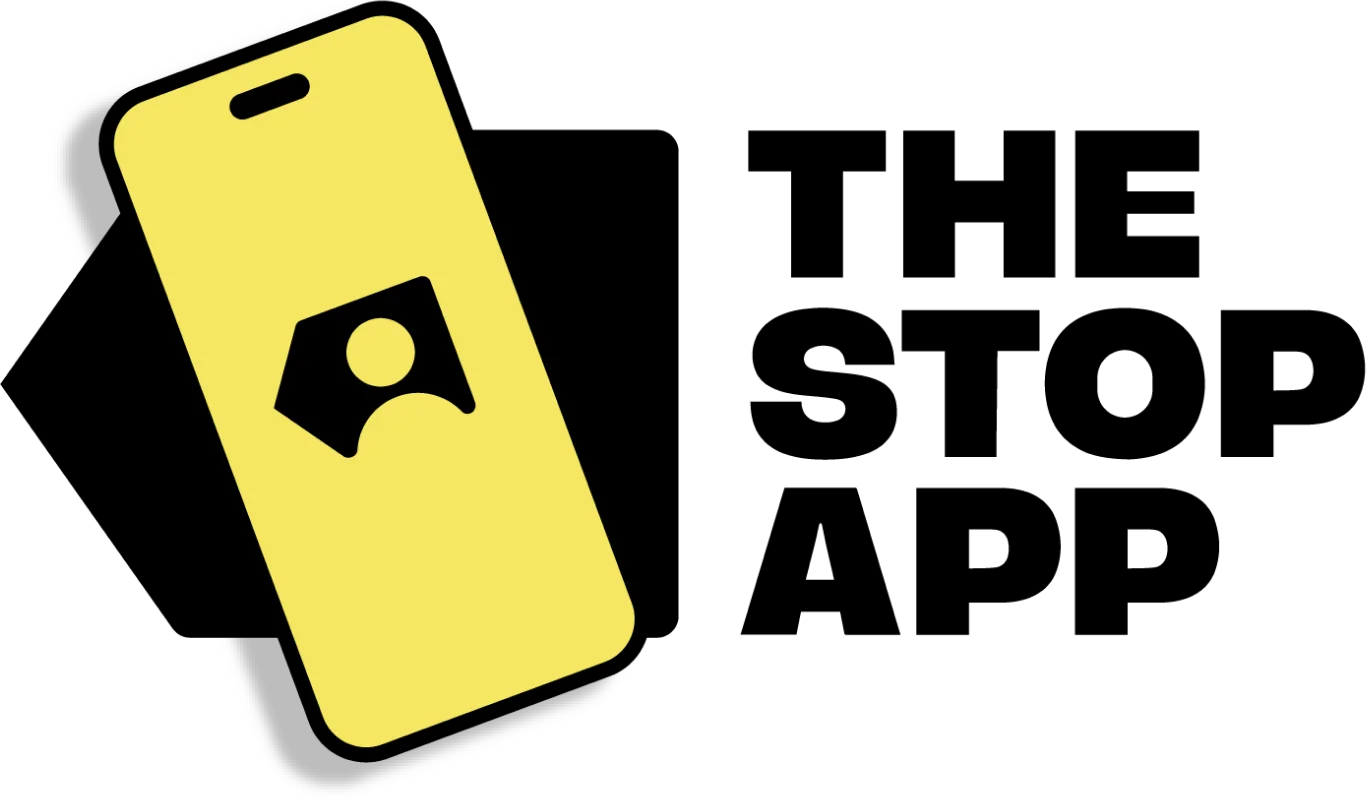These crimes are happening in every corner of the world and can include any person, regardless of age, socio-economic background or location. As a result, each case can look very different. Below are some of the most commonly reported forms of human trafficking and modern slavery.
Types of Exploitation
There are many forms of exploitation into which people can be trafficked and held in slavery

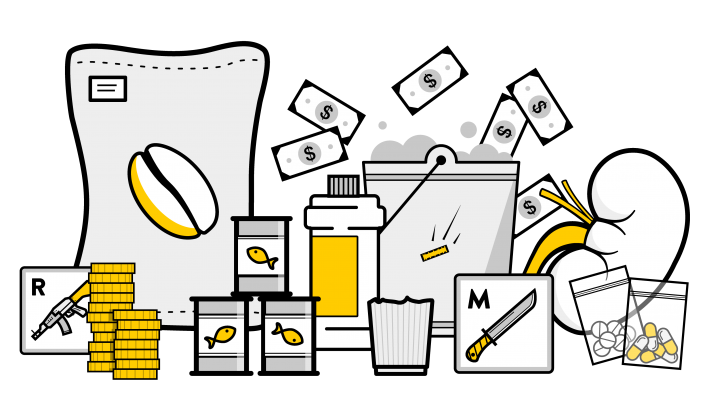
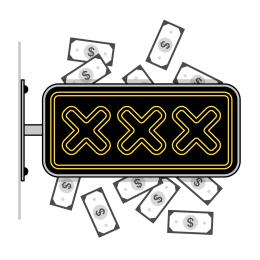
This is when someone is deceived, coerced or forced to take part in sexual activity. Places where someone could be sexually exploited:
- Prostitution
- Brothels – massage/sauna
- Escort agencies
- Pole/lap dancing
- Forced marriage
- Stripping on a web cam
- Phone sex lines
- Internet chat rooms
- Pornography
- Mail order brides
- Sex tourism
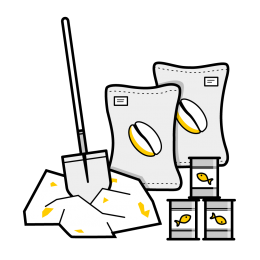
This refers to situations where people are coerced to work for little or no remuneration, often under threat of punishment. There are a number of means through which a person can be coerced, including:
- Use of violence or intimidation
- Accumulated debt
- Retention of identity papers
- Threat of exposure to immigration authorities
All types of labour, within every industry, are susceptible to labour exploitation. Some common sectors and industries that are identified as vulnerable include:
- Manufacturing
- Factory work
- Hospitality
- Construction
- Agriculture
- Fishing
- Car washes
- Nail bars
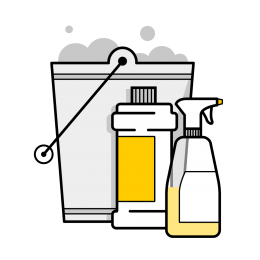
A domestic worker or helper is a person who works within their employer’s home, performing a variety of tasks. This arrangement becomes exploitative when there are restrictions on the domestic worker’s movement, and they are forced to work long hours for little pay. They may also suffer physical and sexual abuse.
Domestic servitude can be particularly hard to identify as it happens in private households but it is estimated that 16 million people are exploited in the private sector which includes domestic work.
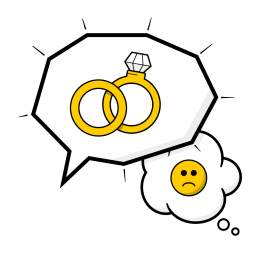
This is when a person is put under pressure to marry someone. They may be threatened with physical or sexual violence or placed under emotional or psychological distress to achieve these aims.
Situations where you may find forced marriage used:
- To gain access into a country
- To gain access to benefits
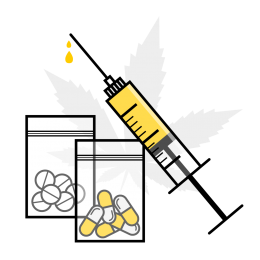
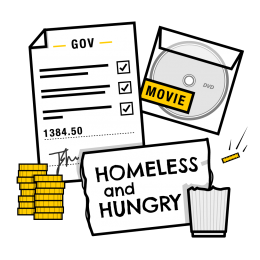
This is when somebody is forced to carry out criminal activity through coercion or deception. Forced criminality can take many forms, including:
- Drug trade, e.g. cannabis cultivation, drug distribution
- Begging
- Pick-pocketing
- Bag snatching
- ATM theft
- Selling of counterfeit goods
We have seen a significant rise in the trafficking of children into forced criminality (sometimes referred to as Child Criminal Exploitation or CCE). The most prevalent form of CCE is related to ‘County Lines’ gangs who coerce children into participating in the movement and sale of drugs. Children can be coerced with gifts, money or perceived status, or they can be threatened with violence or blackmailed.
Forced criminality also encompasses social welfare fraud. This takes place when exploiters falsely apply for tax credits and other welfare benefits using the victims’ details. It is not only the state that is the victim of social welfare fraud, there is often horrific abuse used against the individual in order to coerce them into falsely applying for benefits.
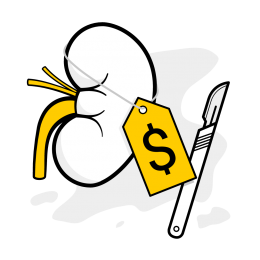
The trafficking in organs involves removing a part of the body, commonly the kidneys or a lobe of the liver, to sell often as an illegal trade. Organs can be taken in a number of ways:
- Trade – a victim formally or informally agrees to sell an organ, but are then cheated because they are not paid for the organ, or are paid less than the promised price
- Ailments – a vulnerable person is treated for an ailment, which may or may not exist, and the organs are removed without the victim’s knowledge
- Extortion – a victim may be kidnapped from their family and organs removed without consent
If you would like to know more about how STOP THE TRAFFIK is responding to trafficking and modern slavery please visit our WHAT WE DO section.
If you would like a specific training for your organisation on any or all of these types of trafficking, please check out our Bespoke Training page or email [email protected].
If you would like to have the most up to date information on changing trends of trafficking please visit our Reports page.
Learn to Spot the Signs
Identifying the signs of human trafficking and modern slavery is the first step to stopping these crimes
Support us
Your donations are vital to enabling us to combat human trafficking. Together we'll stop it.
